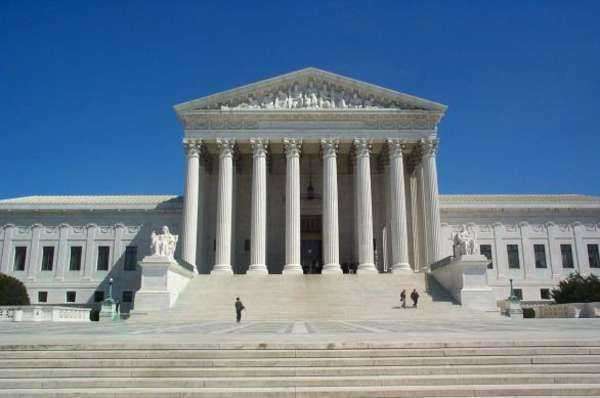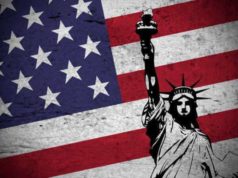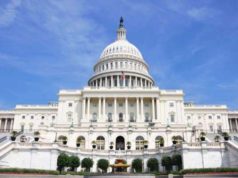
The Constitutional Convention, held in Philadelphia in 1787, was one of the most important events in American history. The convention was called to address the weaknesses of the Articles of Confederation, which had governed the United States since the country’s independence from Great Britain in 1776.
The Articles of Confederation had created a weak central government that was unable to collect taxes, regulate trade, or maintain a standing army. As a result, the young United States was struggling to maintain its independence and security. Many of the country’s leaders recognized that a stronger central government was necessary to ensure the country’s survival.
The Constitutional Convention was attended by 55 delegates from 12 of the 13 states (Rhode Island did not send any delegates). The delegates included some of the most prominent political figures of the time, including George Washington, James Madison, and Benjamin Franklin.
The convention lasted from May 25 to September 17, 1787. During this time, the delegates debated and negotiated over the structure and powers of the federal government. They ultimately agreed on a new constitution that created a strong central government with three branches: the legislative, executive, and judicial.
The Constitution also included a Bill of Rights, which outlined the rights and freedoms that were guaranteed to all citizens. The Bill of Rights was added to the Constitution in 1791, after several states had ratified the document.
The Constitution was not without controversy, however. Some delegates, such as Patrick Henry and George Mason, opposed the document because they felt that it gave too much power to the federal government at the expense of the states. Others, such as Elbridge Gerry and Edmund Randolph, refused to sign the Constitution because they felt that it did not do enough to protect individual rights.
Despite these concerns, the Constitution was ratified by the required number of states and went into effect in 1789. It has since become one of the most important documents in American history, serving as the foundation of the country’s political system and the basis for many of its laws and institutions.
In conclusion, the Constitutional Convention was a crucial moment in American history that helped to create a stronger, more unified nation. Although the Constitution was not perfect, it provided a framework for government that has endured for over two centuries and continues to shape the United States to this day.
Historical Significance of U.S. Constitutional Convention The Constitutional Convention was held in
Philadelphia in 1787, from May 25 of that year to September 17, and had the ultimate effect of leading to the drafting of the U.S.
Constitution, the the foundational document for the nation’s current governmental and legal infrastructure. As such, the U.S. Constitutional Convention is universally considered one of the landmark points in the history of the United States.
The 55 people who took part in the U.S. Constitutional Convention are accordingly considered “Founding Fathers” of the country, in the terms of the category maintained for men who played a crucial role in the early formation of the The United States.
Background for the U.S. Constitutional Convention
The Constitutional Convention was called into being due to concern on the part of several of the Founding Fathers, including Alexander Hamilton and James Madison, that the then-applicable documents providing for the structure of the U.S. government, as consisting of the The articles of Confederation were not sufficiently cohesive.
The Constitutional Convention, under the direction of George Washington, drafted a document, following a period of concerted debate, for the provision or withholding of ratification on the part of the U.S. state legislatures. After ratification had been approved by the states, the Constitution as drawn up by the Constitutional Convention went into effect on March 4, 1789, in the form of bringing the U.S. government into existence.
Connecticut Compromise
The debate involved in the U.S. Constitutional Convention was settled by the Connecticut Compromise, between the New Jersey and Virginia Plans.





















